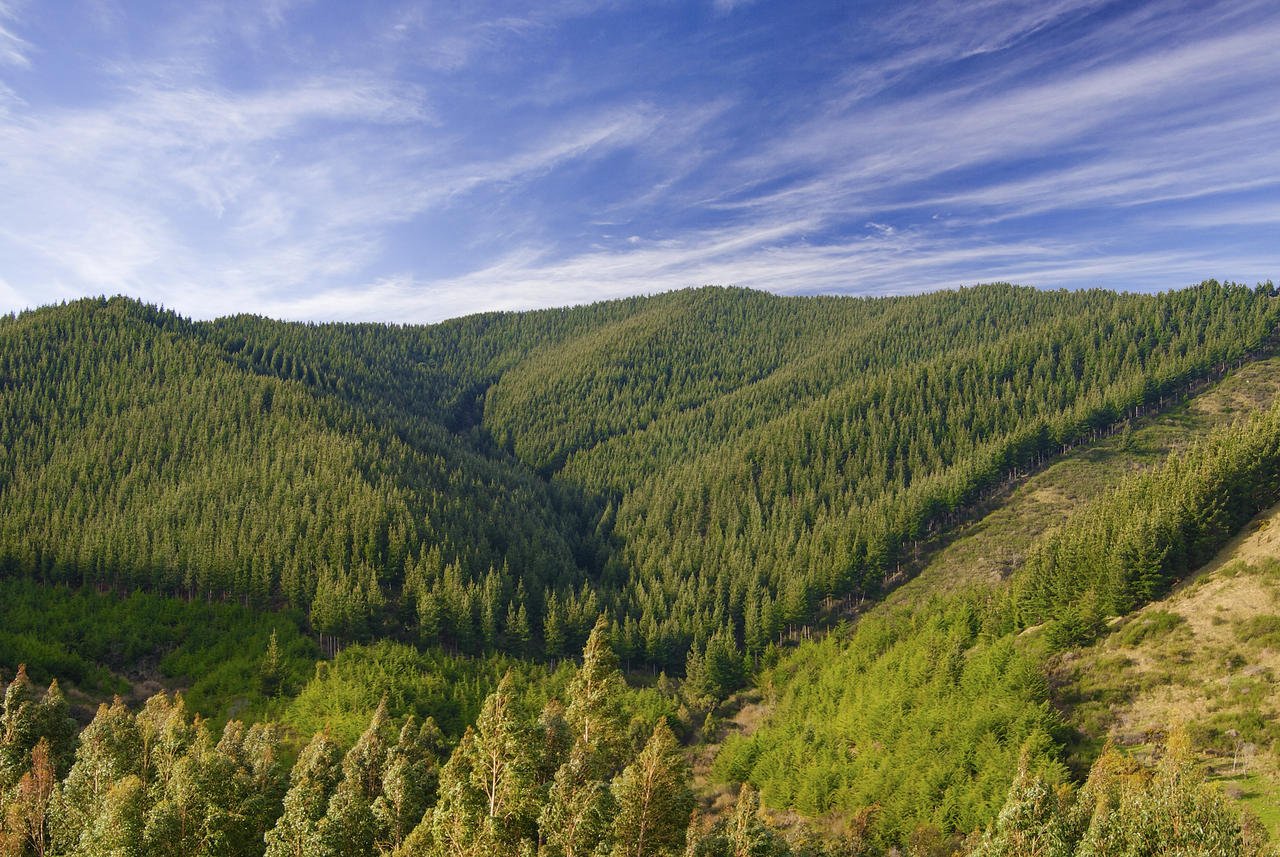
FORESTRY
Harvesting Information
Harvesting forest blocks with trees within two tree lengths of the Marlborough Lines (MLL) Network requires an Electrical Hazard Management Plan (EHMP). This plan needs to be signed by the Network Owner (MLL), Forest Manager, and Logging Contractor.
As set out in the Approved Code of Practice for Safety and Health in Forest Operations, section 2.14, Working Around Power Lines:
2.14.2: Workers, mobile plant, machinery and any equipment operating around live power lines shall comply with the minimum approach distances and other provisions as set out in Approved Code of Practice for Health and Safety in Tree Work Part 2: Maintenance or Removal of Trees around Power Lines.
2.14.3: Trees within two tree lengths of power lines shall not be felled until a felling plan (means EHMP) has been agreed between the asset/network owner, the forest owner/manager and the contractor.
When harvesting trees within two tree lengths of a power line, the forest owner/manager, or contractor is required to provide MLL with an EHMP, which will have a felling plan incorporated within it. Ideally this should be handed in before any earth works, e.g. skid sites or tracks, are undertaken to ensure the sites are appropriate, this can be incorporated into the EHMP.
Depending on the EHMP, discussions concerning power shutdowns, lowering of lines or Auto Reclose Blocks (ARB) being applied, may take place and the costs of these discussed.
Once the EHMP has been approved, MLL must be notified of the commencement date of harvesting, as the MLL Control Room staff require this information.
Should shutdowns, lowering of lines or ARBs be required, a minimum of four weeks’ notice is required for MLL to book staff and to notify power consumers of shutdown dates.
Vehicles on site, driving under or near lines, require warning notices affixed in a conspicuous position to remind operators to look up and be aware of the lines. In some instances, signs/flags may be required.
Information to be sent to MLL when harvesting within two tree lengths of MLL Network
Forest Planting Information
Distances for all trees to be clear of power lines are covered under the Electricity (Hazard from Trees) Regulations 2003, however these regulations can be inadequate for Forest Plantations, as the distances prescribed can be inadequate for a fully grown pine tree. Our recommendation is for trees to be planted fall distance of a mature pine tree away from the power lines, which is approximately 40m either side of the power lines. Having this clearance also makes harvesting the trees a lot simpler, less expensive, and safer to harvest. It will eliminate the need to have power shutdowns or lines lowered.
Risks of planting too close to power lines
Climate change is starting to have serious effects on weather patterns. With severe storms occurring more often, forestry trees within fall distance to the power lines are falling over the lines more frequently causing significant damage to the Marlborough Lines Network.
In some instances, forest owners are opting to keep forest trees as carbon credits and are not planning to harvest. With trees remaining alongside the power lines for 50 years plus, the odds increase considerably for trees to fall over the lines if planted too close.
Once a tree within an individual forest block has fallen, this can create a weak spot in future storms. Should trees fall onto power lines, causing damage on more than one occasion, Marlborough Lines will consider invoicing the forest owner for repair costs.
